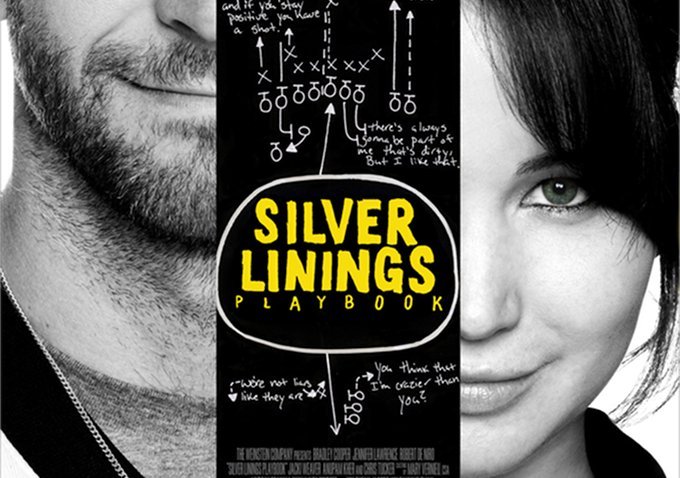
While trying to trigger nostalgia in an older audience (who grew up with the original “The Wizard of Oz“) and simultaneously aiming to enchant younger viewers, Disney did not accomplish either.
In this version, director Sam Raimi portrays the story of Oz, from the point of view of the Wizard himself. In previous productions, such as “Wicked” and “The Wiz”, the story is told from the point of view of more commonly explored characters; such as the Wicked Witch and Dorothy.
All together the film bears some inconsistencies. Oscar “Oz” Diggs, played by James Franco, seems too childlike for the role; his development into “The Great and Powerful Oz,” never quite happens in a notable way. When his character does transform into the honorable and inspiring leader he was bound to become, it doesn’t feel convincing.
Like in the 1905 version, Oscar Diggs gets thrown into the Land of Oz by a mysterious twister storm. The establishing shot of a sepia-toned Kansas is transformed into a vibrantly colored city. Not only that, but the aspect ratio of the screen changes too. While in Kansas, the screen is small and square-like. After landing in Oz, the screen ratio becomes widescreen.
Like Dorothy, he walks along the yellow brick road accompanied by friends who resemble people from his old life in Kansas: a comedic and loyal, flying monkey and a sarcastically sweet and resourceful china doll.
Also like Dorothy, Oz must face a witch. But which witch could I be referring to? You see, in Raimi’s rendition there are three. While in Emerald City, he finds himself in the middle of a battle between siblings, Glinda the Good-Witch and the Wicked Witches of the East and West. Even now I’m not certain which witch was wickedest.
Out of high hopes, I really wanted “Oz the Great and Powerful” to be a prestigious and noble man. Unfortunately, we realize he is a deceitful, greedy, womanizer. Specific themes that are addressed during character developmental scenes don’t seem suitable for the child viewers. Some characters were downright terrifying (Wicked Witch’s Baboon minions). Also the story line doesn’t seem attention grabbing for a younger audience.
The film was overall entertaining. If you are watching with expectations of the 1905 film in mind, you will be highly disappointed. For what it lacked in acting and plot development, the movie made up for in beautiful costumes and set design.
One final note I have to get off my chest about Mila Kunis’s character, Theodora. While portraying the Wicked Theodora, her cackling induced flashbacks of her family guy character, Meg.




